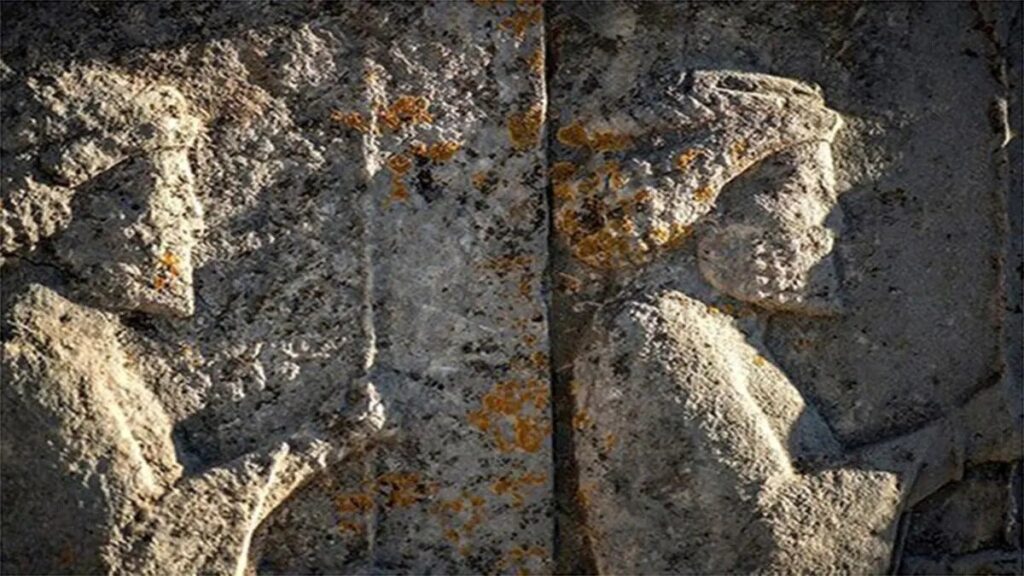Tehran – The newly discovered lichen, namely Silknalia Persepolitana, has been identified at 42 spots in Takht-e Jamshid (Persepolis). The lichen species has been identified following a collaborative research project between Iran and international scientists, Irna reported.
Today, the name of Persepolis, along with this newly discovered lichen, is recorded in scientific memories around the world.
Researchers believe this is the first time in history that lichens have been identified from the stonework of Persepolis and have been given an international name in honor of this global monument.
Mohammad Sorabi, the project’s lichenologist and custodian, believes that the wide distribution of lichens, namely as Sixtynaria Persepolitana, can be found in spots such as the Palace of Appadana and 100 rows of halls.
According to him, this lichen is one of the most common and harmful species in the area. “Anywhere you can see a grey patch on a rock, you can encounter this species.
This lichen grows best in areas exposed to direct sunlight, wind and rain. ”
More than 125 lichen species have been identified in Persepolis, but the newly discovered species have attracted the attention of researchers and lichenologists due to their scattering and special properties.
After he discovered the Circinaria Persepolitana, he continued to see researchers facing serious challenges to control this lichen. Maintaining cultural heritage and conserving biodiversity should be prioritized.
Sohrabi said, “Any rushing and inaccurateness to deal with this species can harm both regions. We are also responsible for the biodiversity of the world. Liches are the result of millions of years of evolution.
He called for close cooperation between the Ministry of the Environment and the Ministry of Cultural Heritage.
He said that lichens are part of Earth’s biological memory: species that is the result of millions of years of evolution.
Billions of dollars are spent in many countries on both conserving biodiversity and protecting global historic monuments.
“In our country, we should spend money to control the Persepolis lichens and see them from the same perspective, just as we spend billions of dollars on saving Iranian cheetahs and report to the president about the progress of the project each year.”
KD

